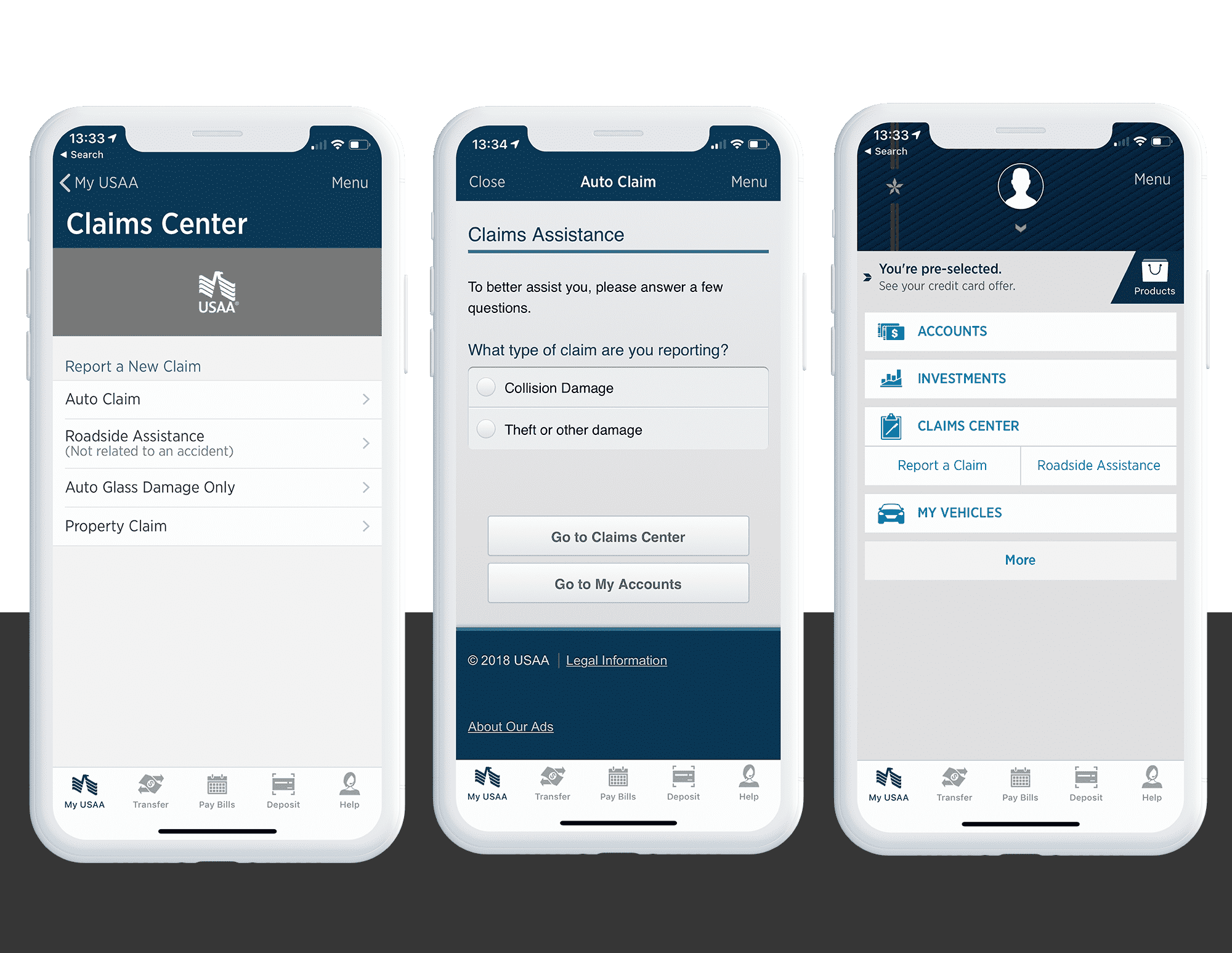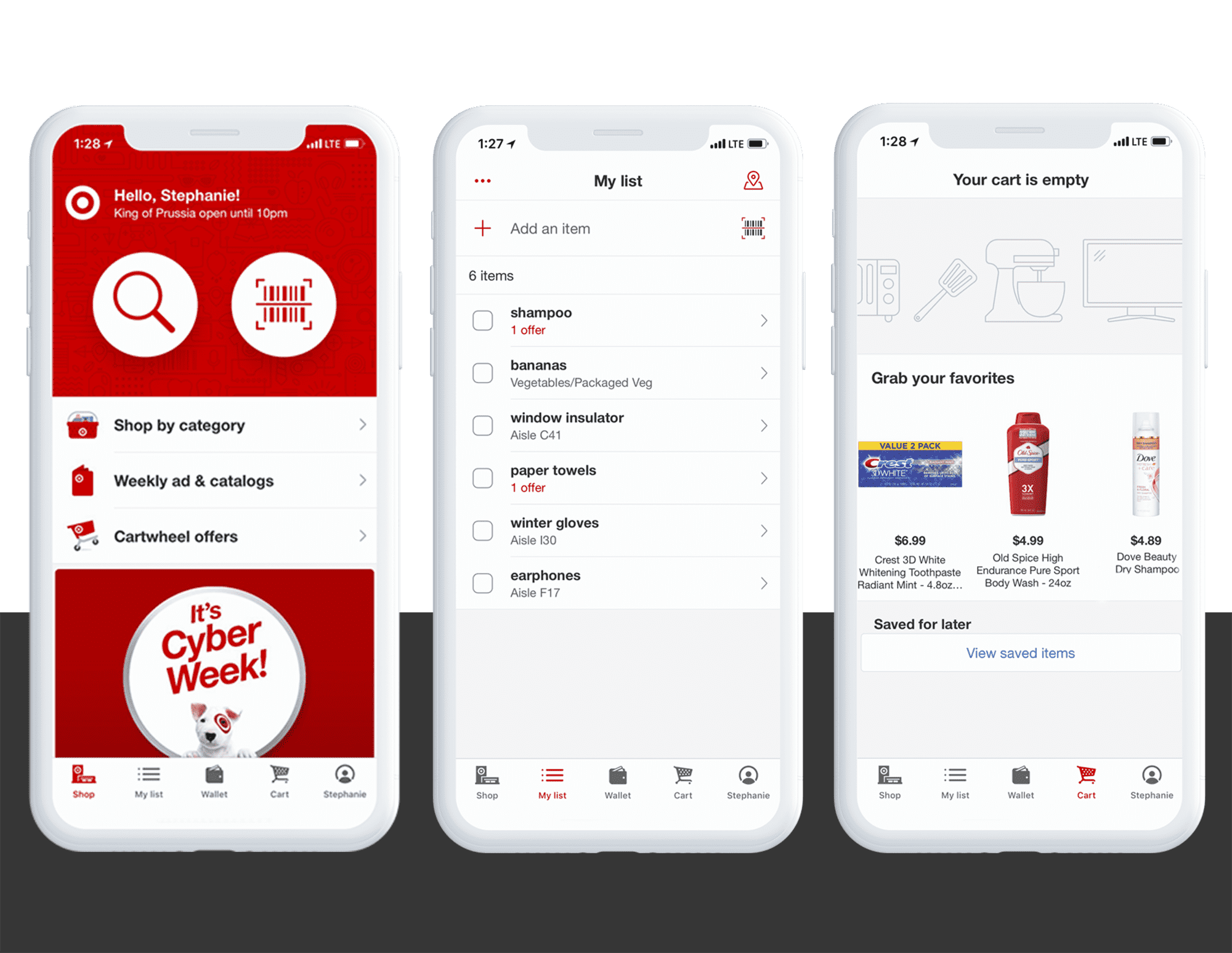Customer experience design is all about putting the customer first to build and deliver solutions that are both memorably helpful and enjoyable. But as products and services continue to emphasize customer satisfaction, the future of brand differentiation will be creating emotional brand experiences.
Brand loyalty is at an all-time low, but values-driven connections are tipping the scale for customers across generations. Euclid reports that a brand’s alignment with the customer’s personal values is important to 52% of millennials, 48% of Gen X, and 35% of baby boomers. For younger consumers, an emotional CX strategy is even more important: 56% of Gen Z customers say that a fun in-store experience influences where they shop.
We’ve broken down the underlying emotional motivators behind brand experiences that drive loyalty, including examples in the retail, insurance, and healthcare industries. When customers interact with your brand, they want to feel:
1. Reassurance
With increasing sensitivity around data privacy, this customer emotion is key. Especially in industries where your customers are especially vulnerable – think healthcare, financial services, insurance – your customer experience strategy should be based on reassurance.
While not new to market, USAA’s accident flow is a strong example of reassurance in action. USAA car insurance customers can fill out an accident report straight from the mobile app using an easy, clear questionnaire format. For someone who might be feeling shaken up from a collision, the claims flow is simple and manageable to avoid additional stress. This experience helps customers feel taken care of and puts them back in control of the situation.
Designing experiences that make customers feel secure helps show that they can trust your company. You have their backs when something goes wrong, and that customer emotion is closely tied to feelings of support, resilience, and freedom. If each interaction with your brand causes that type of emotional connection, why wouldn’t they stay loyal?

2. Wonder
Many people go through their days in routine fashion. A new TV episode or the latest office gossip might add an element of anticipation, but they’re missing an overall sense of childlike wonder.
Enter your brand. Creating a genuinely exciting experience for your customers makes anticipation a main emotion that entices them to return again and again.
A great example of leveraging customer curiosity is The North Face’s new “retail lab” that opened this year in Brooklyn. According to Digiday, “The merchandise in-store is localized to reflect customer interests from the surrounding area, and the brand will use heat mapping technology to further determine what installations and collections are resonating the most.” The store will constantly change to make every shopping experience unique, and the store even converts into an event space to host intrepid gatherings that inspire learning and discovery.
While store design is the latest iteration of The North Face’s goal to empower exploration, their VR campaign from a few years ago is also noteworthy. For The North Face’s adventurous, outdoorsy customers, an immersive VR campaign that transforms their actual surroundings into Yosemite National Park or Moab desert experience is awe-inspiring. When customers are inevitably impassioned to visit those locations, The North Face will be top-of-mind as both the initiator and the right outfitter for the trip. Tapping into customers’ natural curiosities with a powerful brand experience aligns your company with the satisfaction of discovery.
3. Gratitude
Experiences that are simple and seamless provide a sense of relief and appreciation. Solving your customers’ problems before they know they have them removes unnecessary stress in the customer journey and reaffirms their decision to choose your brand’s shopping experience over a competitor’s.
The Target app has a 4.8 star rating from more than a million reviews on the iOS App Store. That’s practically unmatched at that scale, but it’s not surprising when you examine the app experience: customers can find out what’s in stock, map and streamline their in-store journey for efficiency (extra important if they shop at multiple locations), and compile coupons for the items already on their list. Customers can return to their day more quickly – or spend time picking up impulse buys – instead of feeling frustrated by their shopping list. The app-fueled ease of omni-channel shopping communicates to customers that the brand values their time, preferences, and access to discounts, and it provokes the grateful feeling that reinforces loyalty.

4. Confidence
Some marketing involves shame tactics that imply that customers aren’t good enough and that a certain brand’s is the only way to achieve success, happiness, and self-esteem. That experience isn’t customer-focused, and modern consumers – particularly Gen Z consumers – can see right through tactics like sample sizing and wall mirrors that distort body figures. Instead of using discomfort to drive purchasing, brands should use confidence as an emotional motivator.
The clothing brand Reformation is a paragon of omni-channel experience, but it’s their personalized dressing rooms that make customers feel confident and poised. While many retailers have harsh fluorescent lighting that washes out skin tones, Reformation allows shoppers to adjust the lighting to a color temperature that feels flattering or reflects the location where they’ll wear their purchases. This simple customization can assuage body image concerns and gives customers peace of mind about the fit and function of the apparel. The dressing rooms also have personalized music, phone chargers, and hassle-free size exchanges, all of which feel upscale and luxurious. Reformation subtly hints that their customers deserve better than the cattle-like feeling that retail can create – meaning that the Reformation store is the first place to come to mind when customers want to shop without friction or shame.

5. Connection
Social connections boost feelings of trust, self-esteem, and empathy, so offering opportunities to connect with others can help make your brand synonymous with these feelings. Feelings of connection also contribute to loyalty; customers are likely to keep coming back to your brand to deepen those relationships rather than going elsewhere to form new ones.
In the healthcare industry, creating personal connections with patients enhances their experience and can promote healing. One service called Doctor on Demand replaces inaccurate online symptom checking with personalized telemedicine care. Their individualized live doctor appointments assess symptoms, diagnose conditions, and provide written prescriptions. Patients can forego expensive and time-consuming office visits while still having an emotional customer experience of feeling connected to a medical professional.

6. Efficiency
Many people, especially Americans, see their job as a key tenet of their identity. And even for those who don’t, time is precious both at work and outside of it. Your customers likely value their productivity, so it’s smart to design an experience that sparks the satisfaction of efficiency. This emotional customer experience is closely tied to gratitude but more specifically relates to time and speed.
Increased productivity is the bread and butter of grocery delivery service Instacart. Promising “groceries delivered in as little as one hour,” the brand connects with customers looking to reduce the time-consuming process of going to the grocery store, choosing items, and checking out. And they’re willing to pay for that efficiency: 29% of shoppers are satisfied with a fee of up to $5 and 20% would pay up to $10, according to Coresight Research. Time really is money in our modern society, so a brand experience that cuts a customer’s friction loss time creates a positive emotional connection.

What’s Next in Emotional Customer Experience
As standards have risen for frictionless experiences, the answer to “what makes a great customer experience?” has shifted. Customers are starting to expect brands to connect with them emotionally, not just conveniently.
According to the science of customer emotions from Harvard Business Review, customers who form an emotional attachment to a brand are 52% more profitable than those who are just highly satisfied. That’s because emotions – whether positive or negative – can influence the size and repetition of purchases respectively.
In 2018, we’ve seen a handful of retail, healthcare, and financial services companies take on the mission managing customer emotions, not just buyer journeys and purchase flows. In 2019, we predict that more brands will invest in emotional marketing, brand resonance, and feelings-driven engagement goals. It’s the new frontier in CX, and an excellent strategy for driving connection and lifetime loyalty.
—
Learn how to connect with customers emotionally with our 8-step guide to engaging omni-channel customer experiences.








